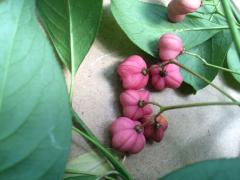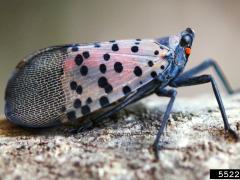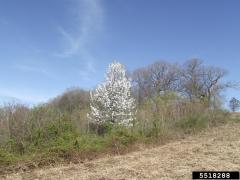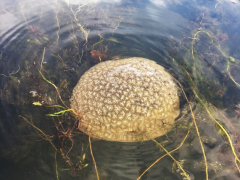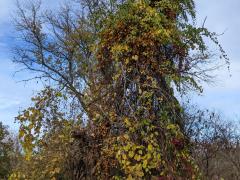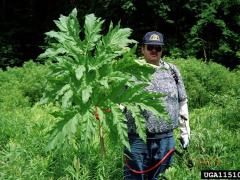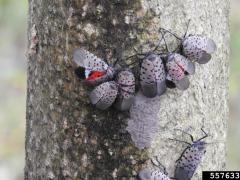We Need Your Help! Tracking the Phenology of Invasive Plants
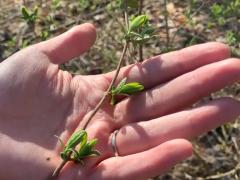
Since 2017, volunteers have been collecting information on invasive plant phenology through a project called the Statewide Invasive Plant Phenology Monitoring Project (SIPPMoP). During the second full week of each month of the growing season, volunteers take note of the life stage of whatever invasive plants they see.
